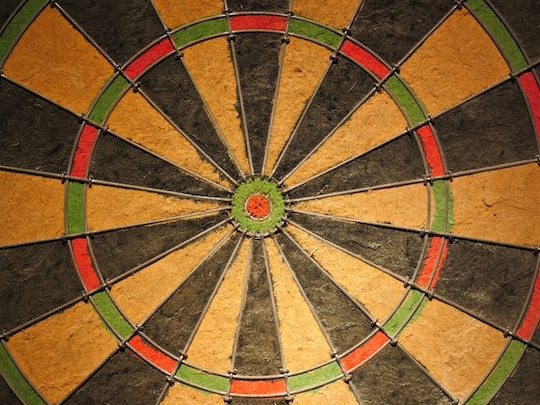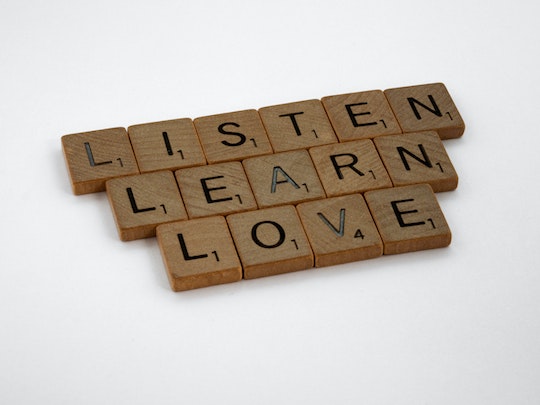“Work hard in silence and let success make the noise.”
—Anonymous
Prior to starting my coaching career over 30 years ago, I had a difficult time at my previous company. The organization was having financial challenges and realigning its workforce.
My marketing role at the home office was no longer secure, and I was left with the difficult decision to accept a demoted field assignment, requiring me to uproot my family in order to keep my employment.
With considerable soul searching and wound-licking, I was determined to put my head down and “Show Them” I still had it when many of my colleagues saw me as someone who didn’t make the grade.
With this resolve and grit, I silently went about my new job and became an acknowledged great performer, regaining my coworkers respect, and receiving an award voted on by my division.
Two months later I accepted a voluntary buyout, and the rest is history.
EXERCISE:
What are examples in your life in which you let your hard work and good results do the talking?
Where in your worlds would this approach be the way to proceed on an important issue today?










